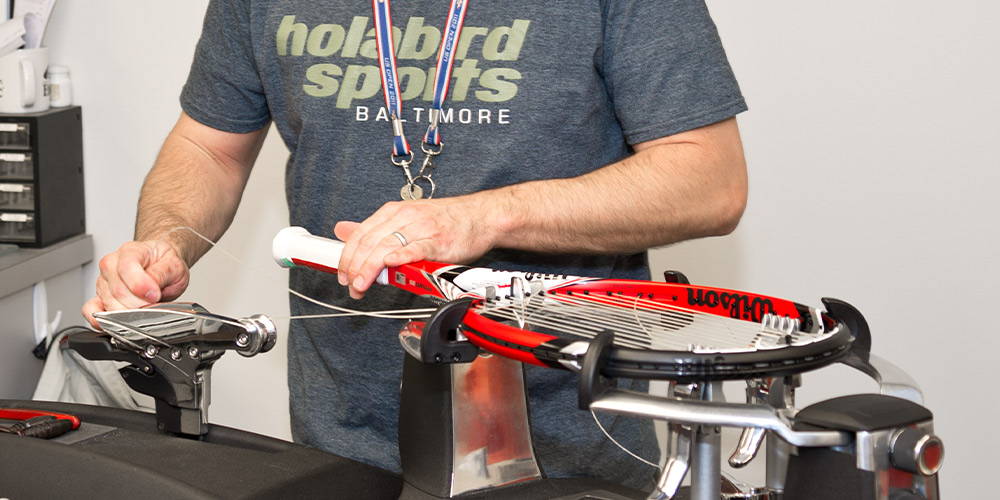Q: I'm just learning to string and a lot of the how-to videos I've watched suggest tensioning mains alternately (one or two on one side, then one or two on the other). It seems like it'd be easier for me to just finish one side and tie it off, then do the other side. Should I really do it that way and is there a reason that alternating is suggested?
A: This is definitely something you should be doing, and for good reason. Alternate main stringing is recommended (really, "required" would probably be a more accurate term) and helps protect the frame during stringing.
Stringing applies a tremendous amount of force on a frame and alternating mains helps keep the forces balanced. I've written a few posts in the past that make reference to minimizing the stress on a frame (one post about cutting out all of your strings after breaking one, and one post about stringing mains and crosses at different tensions) , and the same principles apply here. Stringing just one side of the mains means you're applying a lot of force to one side of the frame and nothing on the other side of the frame. The uneven force can permanently distort and damage your frame.
If you're worried that alternately tensioning mains will slow you down, you shouldn't be. It's really not a big deal at all. Besides, the quality of your finished string job is far more important than how long it takes you to complete the job.

